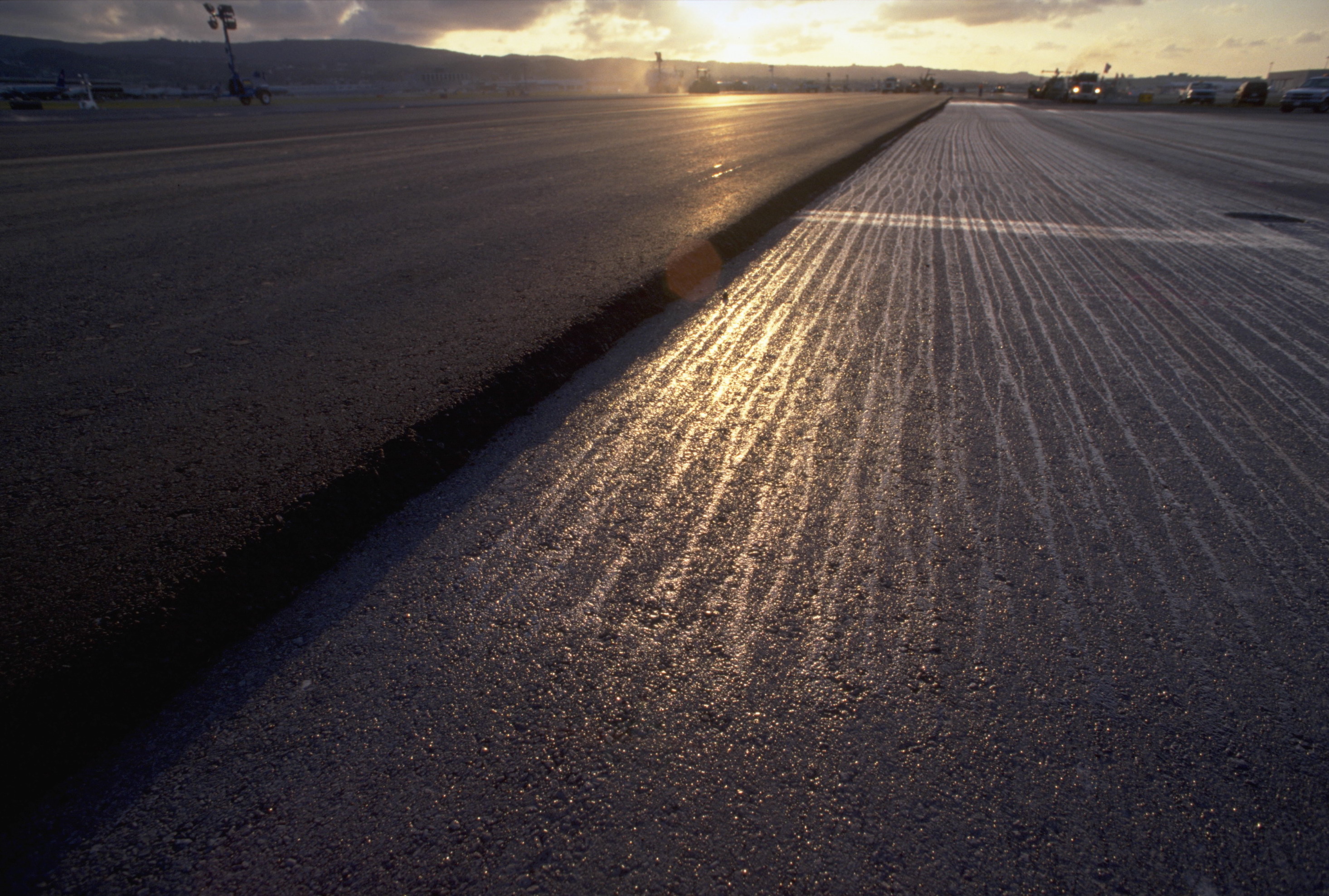Make The Most Of Space Efficiency with Hot Mix Asphalt Angled Parking Lot Solutions
Make The Most Of Space Efficiency with Hot Mix Asphalt Angled Parking Lot Solutions
Blog Article
Opening the Tricks of Warm Mix Asphalt Modern Technology
Exploring the midsts of hot mix asphalt technology uncovers a world where meticulous procedures and exact solutions assemble to form our roads and facilities. The fusion of accumulations, binders, and fillers isn't merely a construction task however a strategic orchestration of durability and performance.
Value of Warm Mix Asphalt
Hot Mix Asphalt plays a critical role in modern-day facilities development because of its sturdiness and cost-effectiveness. As one of the most commonly utilized leading product for roadways, freeways, and auto parking lots, Warm Mix Asphalt supplies an array of advantages that add to its significance in building and construction projects. One vital advantage is its capacity to stand up to rush hour loads and severe weather, giving a reputable and durable surface area for transportation networks. Furthermore, Hot Mix Asphalt is cost-efficient in both initial construction and lasting upkeep, making it a favored choice for several framework jobs.
The longevity of Warm Mix Asphalt stems from its structure, which includes accumulations, binder, and filler materials that are meticulously picked and mixed to meet certain efficiency requirements. In general, the importance of Hot Mix Asphalt in facilities growth can not be understated, as it proceeds to be a foundation of contemporary construction methods.
Parts of Asphalt Mixes
The composition of asphalt mixes contains meticulously selected aggregates, binder, and filler materials that are essential for accomplishing details efficiency demands. Aggregates are the primary component of asphalt mixes, supplying strength and stability. These accumulations can be all-natural, such as gravel or smashed rock, or synthetic, like recycled products from old pavements. The binder, typically bitumen or asphalt concrete, holds the aggregates with each other and gives adaptability and longevity to the mix. The option of the binder is vital as it directly affects the mix's efficiency in various weather. Fillers, such as hydrated lime or Rose city concrete, are used to improve the mix's workability and aging resistance. Angled Parking.
The mix and percentage of these elements play a significant duty in figuring out the top quality and performance of the asphalt mix. Engineers meticulously create the mix to satisfy specific demands, thinking about variables like website traffic volume, environment conditions, and pavement life-span. Appropriate option and balancing of accumulations, binder, and fillers are necessary for creating long lasting, lasting asphalt sidewalks.
Combining and Production Strategies

As soon as the accumulations are chosen, the binder, frequently asphalt concrete, is contributed to bind the products together. The binder's high quality and quantity significantly influence the mix's toughness, resistance, and flexibility to ecological aspects. Furthermore, fillers like hydrated lime or Portland concrete might be incorporated to improve particular characteristics of the asphalt mix, such as its workability or moisture right here resistance.
Throughout manufacturing, the aggregates and binder are heated up, typically in between 250-325 ° F(121-163 ° C ), to facilitate blending and ensure correct finishing of the accumulations. The blending procedure should be comprehensive to accomplish an uniform mix that promotes the preferred efficiency attributes of the asphalt. Different techniques, such as set mixing or drum mixing, are utilized to attain regular and premium asphalt mixes for building jobs.
Variables Impacting Asphalt Efficiency
Elements affecting asphalt performance include a range of variables that affect the resilience, long life, and overall quality of asphalt sidewalks. One crucial factor is the quality of products made use of in the asphalt mix.

Environmental problems additionally influence asphalt efficiency. Temperature variants, moisture infiltration, and web traffic loads can all impact the structural stability of the sidewalk. Layout considerations, such as sidewalk thickness and drainage, are crucial in guaranteeing the lasting performance of the asphalt pavement. By very carefully considering these aspects, contractors and designers can enhance asphalt efficiency and boost the service life of sidewalks.
Lasting Practices in Asphalt Modern Technology

In addition, the this advancement of warm-mix asphalt (WMA) technologies has actually obtained traction in the last few years. WMA permits the production and placement of asphalt mixes at lower temperature levels contrasted to typical hot-mix asphalt, causing decreased energy intake and greenhouse gas discharges. The use of permeable asphalt blends can aid mitigate stormwater drainage concerns by allowing water to penetrate through the sidewalk and into the ground, advertising all-natural water filtering and charge procedures. By implementing these sustainable methods, the asphalt sector can contribute to developing a more eco-friendly and resilient facilities network.
Verdict
In conclusion, warm mix asphalt modern technology plays a critical duty in modern-day framework development because of its toughness and cost-effectiveness. By meticulously stabilizing elements, employing appropriate blending techniques, and taking into consideration various factors, engineers can produce high-quality asphalt mixes that endure rush hour lots and severe weather. Accepting sustainable methods, such as making use of recycled products and warm-mix innovations, further boosts the ecological friendliness of asphalt modern technology.
Mixing and production strategies in hot mix asphalt innovation entail the exact combination and processing of aggregates, binder, and fillers to produce a high-performance and sturdy asphalt mix.Aspects influencing asphalt performance encompass a range of variables that impact the sturdiness, durability, and overall top quality of asphalt sidewalks. Lasting techniques in asphalt modern technology include different campaigns aimed at decreasing the environmental influence of asphalt production and paving processes. By incorporating reclaimed asphalt sidewalk (RAP) and recycled asphalt tiles (RAS) right into new asphalt blends, the industry can significantly decrease the consumption of raw materials and energy, while also reducing land fill waste.
WMA enables for the production and placement of asphalt mixes at lower temperatures compared to typical hot-mix asphalt, resulting in lowered energy my site intake and greenhouse gas emissions.
Report this page